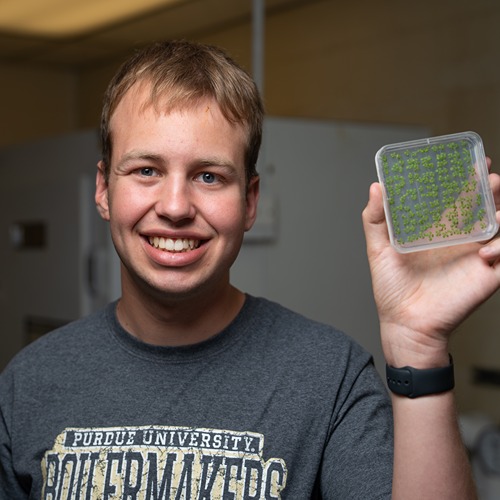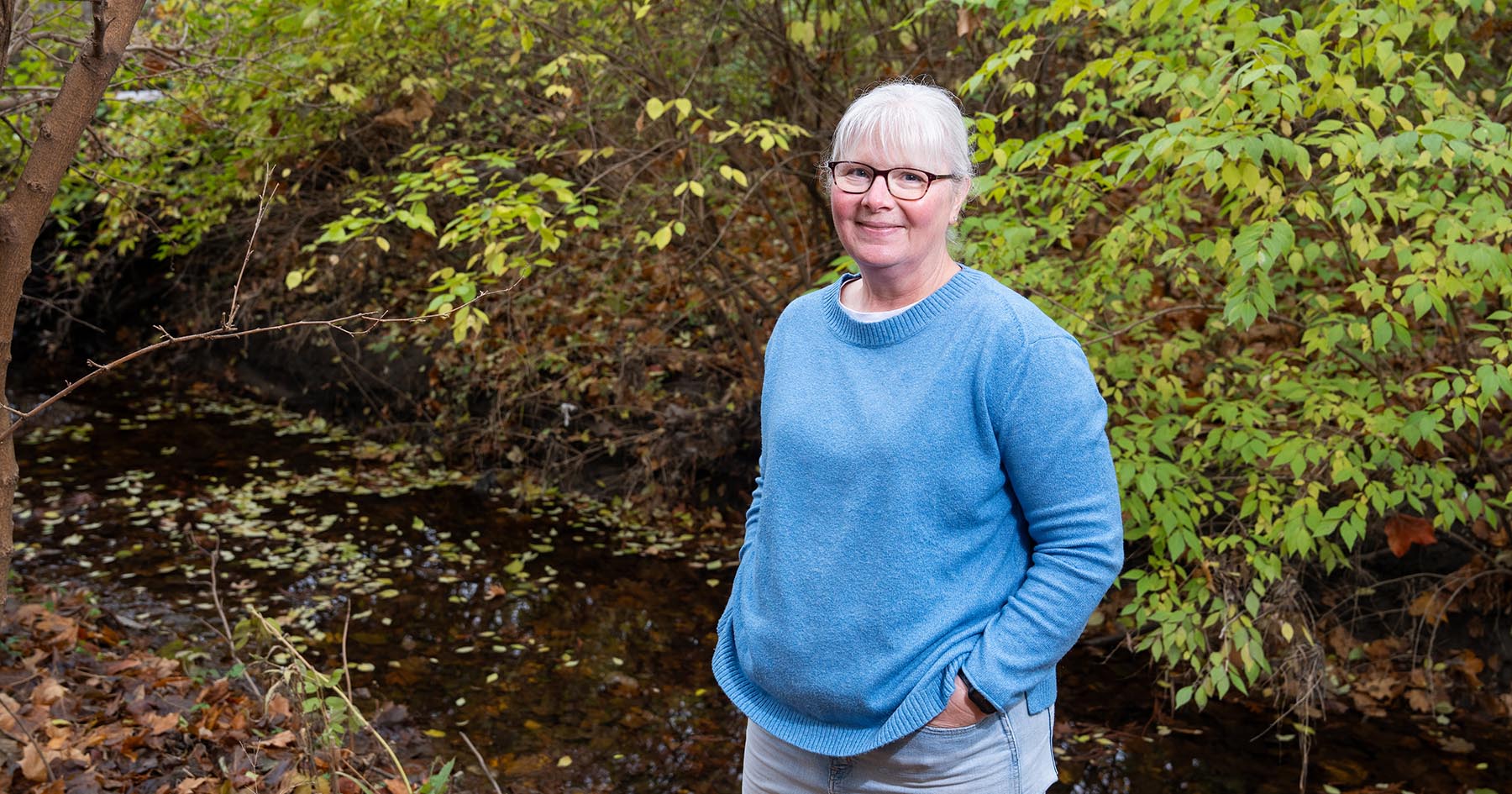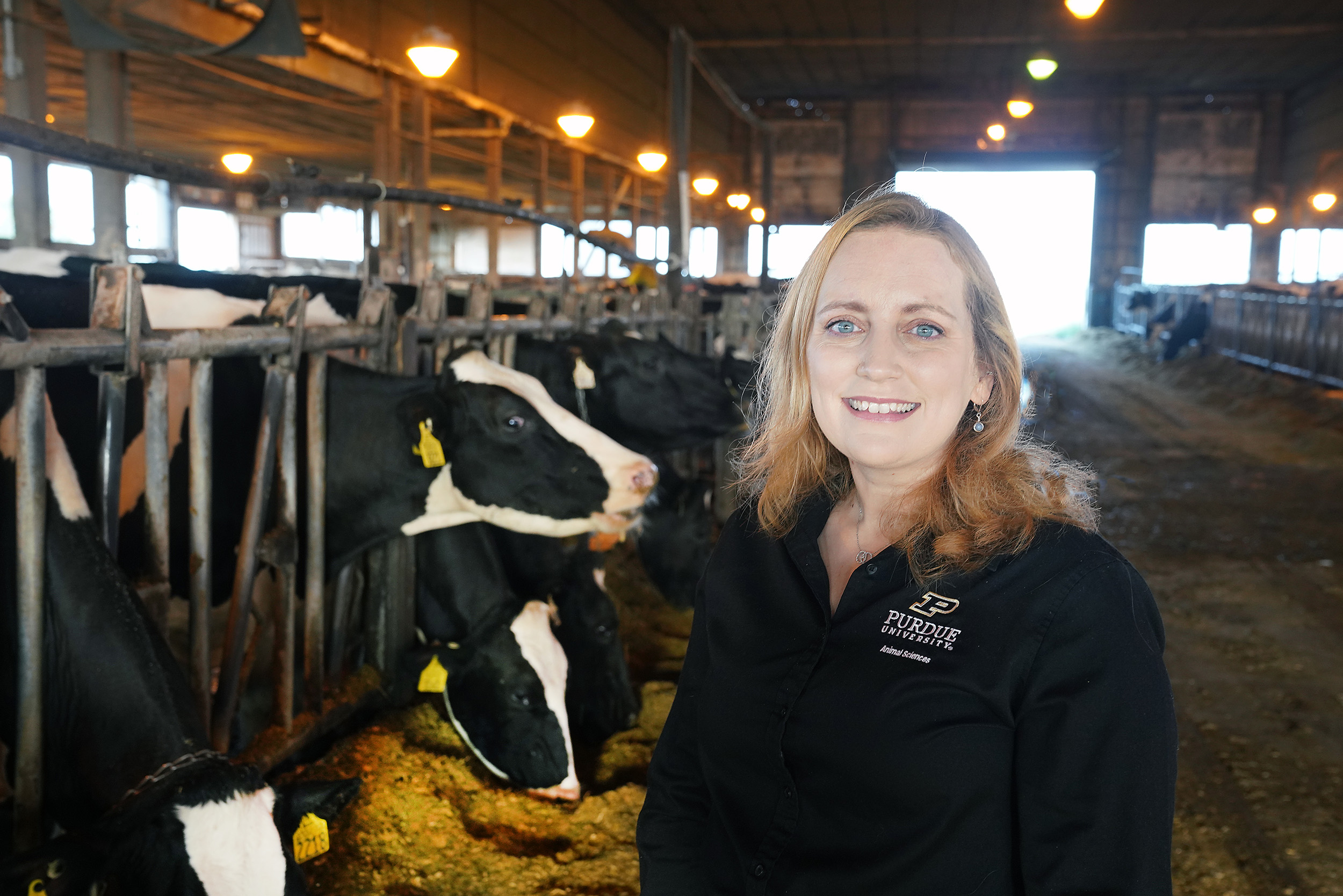Six things you probably don’t know about kissing bugs
The Center for Disease Control recently issued a memo regarding the presence of the Triatoma sanguisuga insect in 12 states, including Indiana. Triatoma sanguisuga is better known by its common name, the kissing bug. Kissing bugs, which are common in Central and South America, can carry Chagas, a parasitic disease. The CDC estimates roughly 8 million people in South America are living with Chagas disease, which in its early stages produces flu-like symptoms but can become chronic or even fatal if left untreated.
1. The risk posed by Chagas in Indiana is very low.
Cate Hill, professor of entomology, said despite the kissing bugs’ presence in Indiana, the chances of contracting Chagas are very low.
“Species of kissing bugs can feed on lots of different vertebrates, whether that’s dogs or humans or various forms of wildlife,” Hill added. “They are less prevalent in the United States, in part, because of our housing construction. Most of our housing does not have cracks and crevices where the bugs could gain entrance or hide.” Screen doors and windows act as an effective barrier against the insect.
2. Chagas is not spread through the kissing bug’s bite
There are several misconceptions about kissing bugs, Hill continued, and perhaps the most common is that the insects transmit Chagas through their bite, like the way a tick spreads Lyme disease.
“If you have an infected bug feeding on you it is likely to defecate during the feeding process,” Hill said. “The feces can contain the parasite and if this is rubbed into the wound or introduced to the mucosal membrane then infection is possible. Chagas is not transmitted through the bite.”





